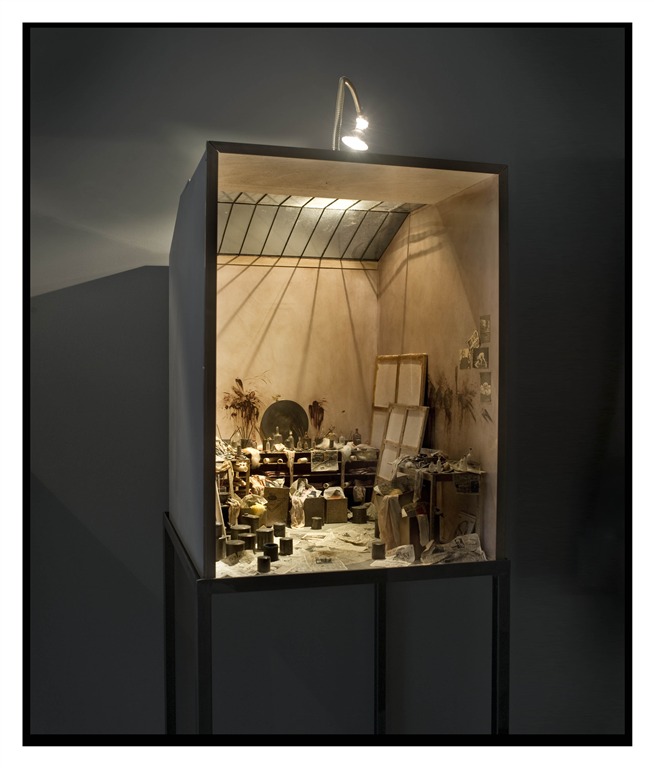In preparation for our first walk next week, you should spend some time finding out about the area - the main issues affecting it, and getting an overview of the different territories. This knowledge will then inform your understanding of the place during the walk, when it will combine with a direct experience of your immediate surroundings.
The above film was made for this year's Open House weekend and is a very quick introduction.
The River Lea is also known as Lee and these spellings are used to refer to different parts and aspects of the river. The "upper" valley refers to the northern part nearer the source and "lower" valley to the southern part towards the Thames, but there is no clear definition for when one ends and the other starts. We will focus on the middle part of the valley between the boroughs of Hackney and Haringey on the west and Waltham Forest on the east.
The area is vast and there are many different organisations with interests at stake, including the local Borough councils, Thames Water (water supply and waste water), the Environment Agency (flood risk and environment), British Waterways (navigable waterways), the London Wildlife Trust (ecology), and the Lee Valley Regional Park Authority. The Authority manages the Lee Valley Park which was created by an act of parliament in 1966; it is 26 miles long, from beyond the M25 to the Thames.
The following three references are for extensive strategic documents - you are not expected to read all of each of them, but they give a good idea of the range of issues, the scope of the plans, the parties involved and a dizzying number of projects. Each covers the same geographic area but while there is some repetition between documents, the varying aims and approaches to the strategies are also revealed. Some sections are suggested. Download the pdfs where available but please do not print out except very selectively.
Upper Lee Valley Landscape Strategy
"... a hundred small stitches that need to be undertaken with knowledge of the valley's ecologies, and humility in design approach..." William MannThis study and strategy was carried out by Witherford Watson Mann Architects. It gives a good overview of aims and describes the existing and potential qualities of the area. Purpose and Aims pp6-7; As it is now pp14-17; Distinct areas of the Upper Lee in the context of the whole valley pp18-19; Tensions pp22-23; Vision pp26-33;
Download Strategy
Download List of Projects
Lee Valley Park Development Framework
“… a place for the occupation of leisure, recreation, sport, games or amusements or any similar activity, for the provision of nature reserves and for the provision and enjoyment of entertainments of any kind.” Section 12(1) Lee Valley Regional Park Act 1966Recently updated objectives, aims and delivery of the Lee Valley Park Authority. Online sections and sub-sections such as Environment section, including Water, Energy, Productive landscape.
East London Green Grid
Vision: To create a continuous and accessible spine of open space along the course of the River Lea, from the River Thames to the rural Hertfordshire and Essex. This will ensure people can readily access that open space through the creation of multiple high quality routes to and through the open space spine.Download the Primer and Area Framework 1: Lea Valley. The primer contains eight short essays, of which the first, second and fifth are particularly relevant. The last is a photo essay. The Area Framework combines strategy and project details - note the consideration of timescales, funding and different client bodies for the projects. Area Framework: Area Description p8; Objectives pp12-13.
The London section in landscape journal Topos Issue 75 has several interesting articles. In the Docklands library journals collection or download here.


